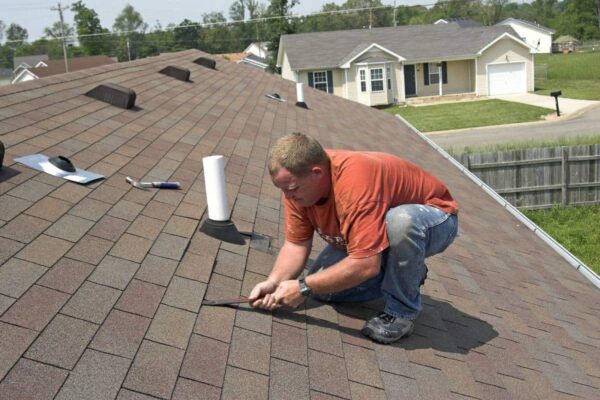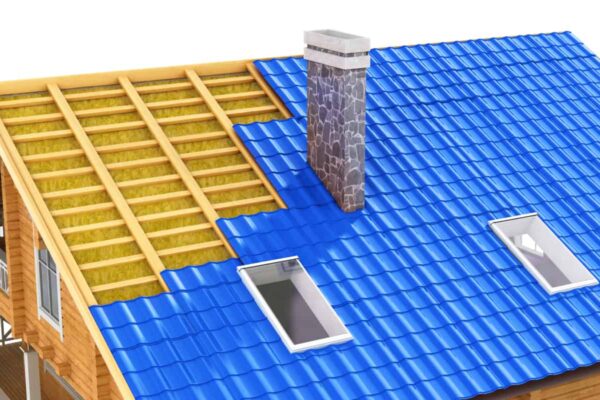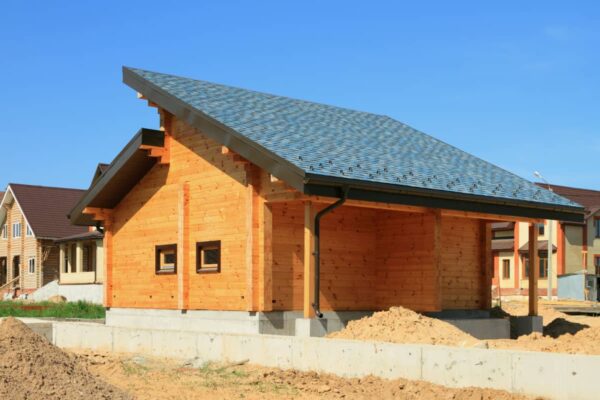Asphalt shingles have become one of the most common roofing options in modern times, but their interesting history reaches back much further than you might expect. From humble beginnings to widespread popularity, the evolution of asphalt shingles is a fascinating story that uncovers both technological advancements and cultural shifts.
We will detail the depths of this roofing material’s past to uncover its intriguing journey from ancient civilizations to present-day homes and buildings. Join us as we explore how asphalt shingles have made an indelible mark on architectural design and continue to be a practical choice for homeowners worldwide.
Exploring the History of Asphalt Shingles
Asphalt shingles have a rich and intriguing history that dates back thousands of years. The use of asphalt in roofing can be traced as far back as ancient civilizations such as the Egyptians, who used bitumen mortars to waterproof their structures. However, it wasn’t until the late 19th century that modern asphalt shingles as we know them today started to emerge.
The technological advancements and cultural shifts during this time period played a significant role in the evolution of asphalt shingles. With the rise of industrialization and the development of new manufacturing techniques, asphalt became more accessible and affordable. This led to its widespread use in roofing materials, particularly among middle-class homeowners.
Over time, asphalt shingles went through various improvements, including enhanced durability and aesthetic options. The introduction of fiberglass reinforcement in the early 20th century revolutionized the industry by making shingles stronger and more resistant to weathering.
Development of Asphalt Shingle Technology
Over the centuries, various advancements were made in the production and application of asphalt for roofing purposes. One significant breakthrough came in the late 19th century when a new method called “hot-mopping” was introduced. This involved heating the asphalt to liquify it and then applying it to a roof surface by hand. This allowed for more precise application and improved durability.
In the early 20th century, the introduction of fiberglass matting revolutionized the industry once again. Fiberglass provided added strength and stability to asphalt shingles, making them more resistant to weathering and extending their lifespan significantly.
Today, technological advancements continue to shape the world of asphalt shingles. Innovations such as synthetic underlayment materials, improved adhesive systems, and advanced manufacturing processes have further enhanced their performance and durability. As a result, asphalt shingles remain one of the most popular choices for residential roofing due to their affordability, versatility, and longevity.
How they are Made and their Composition
Asphalt shingles are made by combining a mat or base material with asphalt. The base material is often fiberglass but can also be organic materials such as cellulose fibers or wood chips. This mat serves as the foundation for the shingle and provides strength and structure.
Once the base material is in place, it is coated with asphalt to provide waterproofing and protection from the elements. The asphalt used in shingles is typically a blend of bitumen (a sticky, black substance) and fillers such as limestone or slate dust. These fillers help improve the durability and lifespan of the shingle.
In addition to the base material and asphalt coating, asphalt shingles may also include granules on their surface. These granules serve several purposes – they provide color to enhance aesthetic appeal, protect against UV rays from the sun, increase fire resistance, and add weight to prevent wind uplift.
The composition of asphalt shingles has evolved over time in response to advancements in technology and changing demands within the roofing industry. Today’s modern asphalt shingle blends high-quality materials with advanced manufacturing techniques to create a durable, long-lasting roofing option that is affordable for homeowners while still meeting stringent industry standards.
Why Asphalt Shingles are a Great Choice for Roofs
Asphalt shingles are a great choice for roofs due to their durability and affordability. Made from a fiberglass base coated with asphalt and ceramic granules, they are able to withstand harsh weather conditions such as strong winds, heavy rain, and extreme temperatures. This makes them an excellent option for homeowners looking for a roof that can withstand the test of time.
Whether you prefer a traditional look or something more modern, there is sure to be an asphalt shingle style that suits your taste. Furthermore, their easy installation process makes them an attractive option for both contractors and DIY enthusiasts alike.
Another advantage of asphalt shingles is their cost-effectiveness. Compared to other roofing materials such as metal or slate, asphalt shingles are significantly cheaper while still offering similar benefits in terms of longevity and protection against the elements. For budget-conscious homeowners who do not want to compromise on quality, choosing asphalt shingles can be an ideal solution.
Roofing Shingles Have Come a Long Way
Through centuries of trial and error, various cultures discovered the benefits of using bitumen-infused materials for waterproofing roofs. These early attempts paved the way for today’s asphalt shingles, which are manufactured with precision and durability in mind. As architectural styles evolved over time, so did the demand for versatile roofing solutions that could withstand diverse weather conditions.
Today, asphalt shingles continue to dominate the market due to their affordability, ease of installation, and wide range of designs available. Whether it’s preserving historic buildings or constructing new homes, architects and homeowners alike rely on asphalt shingles for their practicality and aesthetic appeal.
With an interesting past rooted in ancient traditions, these unassuming roof coverings will likely remain a staple choice for years to come.









